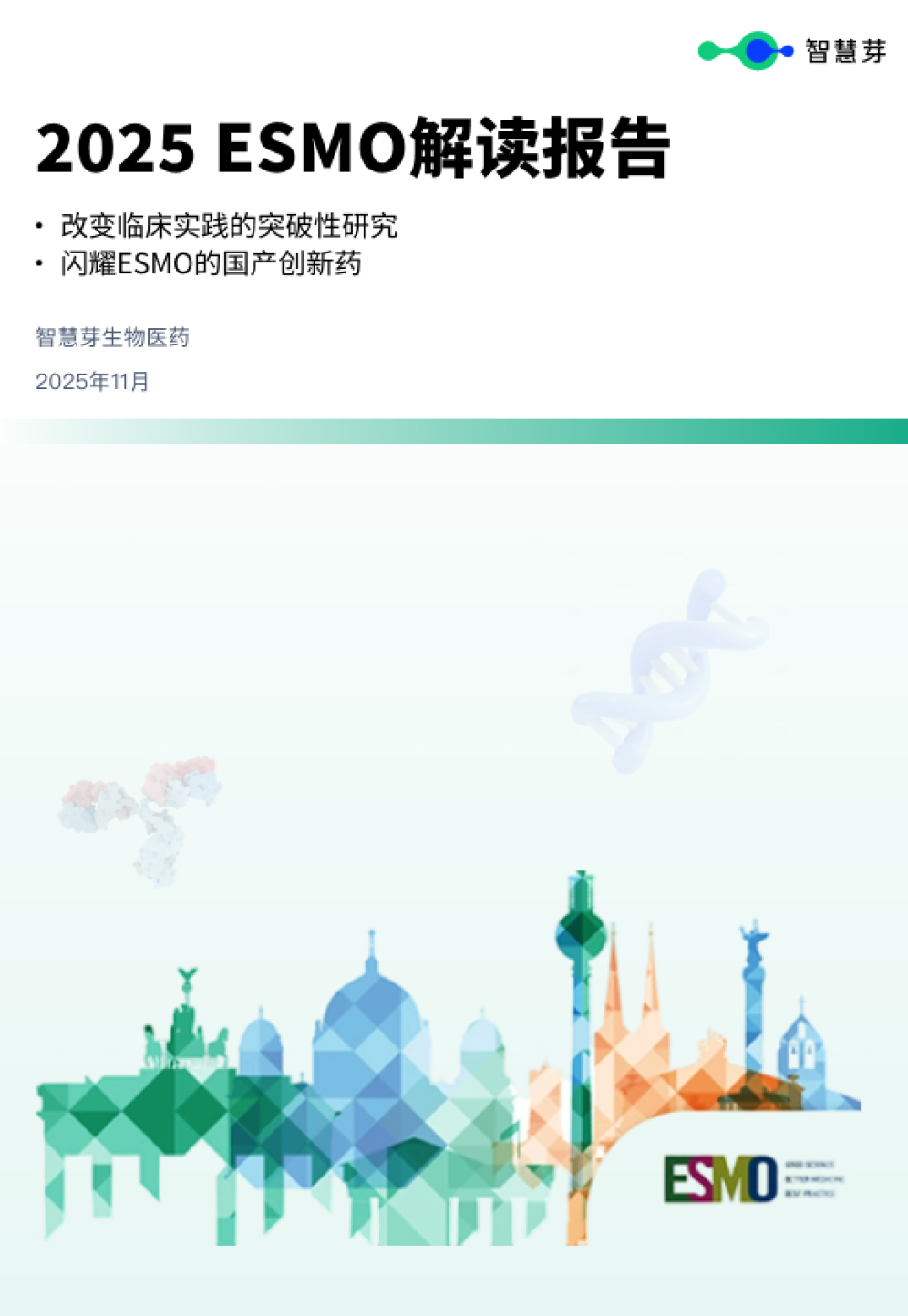预约演示
MAIC Methodology Matters: Comparing BRUKINSA vs Acalabrutinib in R/R CLL
2024-04-01
临床3期ASH会议临床结果
None
By: Mehrdad Mobasher, M.D., M.P.H., Chief Medical Officer, Hematology at BeiGene
The steady increase in treatment advancements for chronic lymphocytic leuBeiGeneCLL) has provided new hope for patients whose options were previously limited. Now, currently available treatments, such as Bruton’s tyrosine kinase (BTK) inhibitors, have become established standard of care in the first-line and refractory settings and have vastly improved patient treatment outcomes. Promising investigational therapies in development could further change the treatment landscape in these settings as well.
But with more options available, the burden is on chronic lymphocytic leukemia (CLL)e the most robust and clinically relevant data to support treatment decisions made by physicians and patients. The “goldBruton’s tyrosine kinase (BTK) inhibitorsecisions is head-to-head randomized clinical trials, often comparing combinations of agents and even within a drug class.
There have been recent head-to-head clinical trials of BTK inhibitors in R/R CLL, including BeiGene’s global Phase 3 ALPINE trial of BRUKINSA® (zanubrutinib) versus ibrutinib, in which BRUKINSA demonstrated sustained superiority in progression-free survival (PFS).[i] Acalabrutinib, another BTK inhibitor, has demonstrated improvement in PFS versus rituximab plus idelalisib/bendamustine in R/R CLL in the ASCEND trial and has also demonstrated PFS noninferiority versus ibrutinib in R/R CLL patients with chromosome 17p or 11q deletions in the ELEVATE-RR trial.[ii],[iii]
However, there are currently no head-to-head clinical tBTK inhibitorsBTKls that compareR/R CLLext generatiBeiGeneTK inhibitors. In the absence of tBRUKINSAalszanubrutiniba varietyibrutinibstical methBRUKINSAs available to researchers, aiming to derive “apples-to-apples” comparisonsAcalabrutinibting data BTKs, such as matching adjusted indirect comparisons or “Mrituximab netwoidelalisibabendamustineR/R CLLibrutinibR/R CLL
Healthcare providers, as well as broader audiences, should be aware of the limitations of MAIC anaBTK inhibitorsBTKes when comparing treatment options. It is important to remember they are meant to be hypothesis-generating and do not establish superior efficacy or safety of one drug over another. The end goal is to allow physicians and patients to make informed decisions, and that requires a commitment to transparency and rigor in the comparative analyses of data sets.
A recently conducted MAIC presented at the 28th Annual International Congress on Hematologic Malignancies® (Shadman et al) evaluated the relative efficacy of BRUKINSA versus acalabrutinib in R/R CLL based on data from the Phase 3 ALPINE and Phase 3 ASCEND trials.[iv] The analysis was conducted to address significant limitations of a MAIC previously published in The American Journal of Hematology (Kittai et al), some of which were acknowledged by the study authors.[v]
The Shadman et al MAIC suggested a progression-free survival (PFS) and complete rHematologic Malignanciesor BRUKINSA versus acalabrutinib, as well as potentiaBRUKINSAoved oveacalabrutinib. ThR/R CLLts differ from the previous MAIC, likely because it addressed certain important limitations that precluded a robust efficacy comparison in the previous MAIC. Limitations of the prior MAIC included:
Disparate Data Cut-offs: The Kittai et al MAIC had a ~17 month difference in the median efficacy data cut-ofBRUKINSAfor eachacalabrutinibhadman et al MAIC analysis used closely matched data cut-offs using most recent data from ALPINE, which was presented at the American Society of Hematology (ASH) Annual Meeting and Exposition 2023 and showed durable PFS response after a median study follow-up of 36.3 months, with only a 3-month difference.[vi]
Limited Matching Criteria: Variables with significant differences across trials, such as number of prior therapies, were not included in the Kittai et al MAIC. The Shadman et al MAIC used a comprehensive matching criteria.
No Adjustment for COVID-19: In the Kittai et al MAIC, the data cutoff used for ALPINE was August 2022 (post-pandemic), while the data cutoff for ASCEND was February 2020 (pre-pandemic). The Shadman et al MAIC adjusted for the disproportionate effects of COVID-19 on ALPINE patients, an important factor for patients with CLL.
Patients and physicians deserve the most comprehensive and rigorous data sets when it comes to evaluating potential treatments. This is why BeiGene’s research and development team focuses on best-in-class science and research, such as our BRUKINSA clinical development program, and we strive to fulfill this mission each and every day.
U.S. Indications and Important Safety Information for BRUKINSA (zanubrutinib)BeiGene
INDICATIONSBRUKINSA (zanubrutinib)
BRUKINSA is a kinase inhibitor indicated for the treatment of adult patients with chronic lymphocytic leukemia (CLL) or small lymphocytic lymphoma (SLL).
Warnings and Precautions
Hemorrhage
Fatal and serious hemorrhage has occurred in patients with hematological malignancies treated with BRUKINSA. Grade 3 or higher hemorrhage including intracranial and gastrointestinal hemorrhage, hematuria, and hemothorax was reported in 3.8% of patients treated with BRUKINSA in clinical trials, with fatalities occurring in 0.2% of patients. Bleeding of any grade, excluding purpura and petechiae, occurred in 32% of patients.
Bleeding has occurhemorrhageients with and without concomithematological malignanciesagulation therBRUKINSAdministration of BRUhemorrhage antiplatelintracranial and gastrointestinal hemorrhageinhematuriae riskhemothoraxhage.BRUKINSABleedingpurpura
Monitor for signs and symptoms of bleeding. Discontinue BRUKINSA if intracranial hemorrhage of any grade occurs. Consider thBRUKINSAt-risk of withholding BRUKINSA for 3-7 days before and after surgery depending uphemorrhagee of surgery and the risk of bleeding.
Infectionsserious infections (including bacterial, viral, or fungal infections) and opportunistic infections have occurred in patients with hematological malignancies treated with BRUKINSA. Grade 3 or higher infections occurred in 26% of patients, most commonly pneumonia (7.9%), with fatal infections occurring in 3.2% of patients. Infections due to hepatitis B virus (HBV) reactivation have occurred.
Consider prophylaxinfectionspes simplex bacterial, viral, or fungal infectionsa, andopportunistic infectionsing to standard of care in patiehematological malignanciesisk for infectBRUKINSAnitor and evaluate pinfectionsr fever or other signs and symptoms of infecpneumoniatreat appropriately.infectionsInfections
Grade 3 or 4 cytopenias, including neutropenia (21%), thrombocytopenia (8%) and anemia (8%) based on laboratory measurements, developed in patients treated with BRUKINSA. Grade 4 neutropenia occurred in 10% of patients, and Grade 4 thrombocytopenia occurred in 2.5% of patients.
Monitor complcytopeniascounts regulneutropenia treatmethrombocytopenia treatmentanemiace the dose, or discontinue treatment as warranted. Treat using growth factBRUKINSAanGrade 4 neutropenia.Grade 4 thrombocytopenia
Second Primary Malignancies
Second primary malignancies, including non-skin carcinoma, have occurred in 14% of patients treated with BRUKINSA. The most frequent second primary malignancy was non-melanoma skin cancers (8%), followed by other solid tumors in 7% of the patients (including melanoma in 1% of patients) and hematologic malignancies (0.7%). Advise patients to use sun protection and monitor patients for the development of second primary malignancies.
Serious cardiac arrhythmias have occurred in patients treated with BRUKINSA. Atrial fibrillation and atrial flutter were reported in 4.4% patients treated with BRUKINSA, including Grade 3 or higher cases in 1.9% of patients. Patients with cardiac risk factors, hypertension, and acute infections may be at increased risk. Grade 3 or higher ventricular arrhythmias were reported in 0.3% of patients.
Monitor cardiac arrhythmiasoms of cardiac arrhythmias (e.g., palpitBRUKINSAdiAtrial fibrillationyspneatrial fluttermfort), manage appropriately, and consider thBRUKINSAand benefits of continued BRUKINSA treatment.hypertensionventricular arrhythmias
Embryo-Fetal Toxicitycardiac arrhythmiasdizzinesssyncopedyspneachest discomfortBRUKINSA
Based on findings in animals, BRUKINSA can cause fetal harm when administered to a pregnant woman. Administration of zanubrutinib to pregnant rats during the period of organogenesis caused embryo-fetal toxicity, including malformations at exposures that were 5 times higher than those reported in patients at the recommended dose of 160 mg twice daily. Advise women to avoid becoming pregnant while taking BRUKINSA and for 1 week after the last dose. Advise men to avoid fathering a child during treatment and for 1 week after the last dose. If this drug is used during pregnancy, or if the patient becomes pregnant while taking this drug, the patient should be apprised of the potential hazard to a fetus.
Adverse ReactionsBRUKINSAzanubrutinibmalformationsBRUKINSA
The most common adverse reactions (≥30%), including laboratory abnormalities, in patients who received BRUKINSA (N=1729) are decreased neutrophil count (51%), decreased platelet count (41%), upper respiratory tract infection (38%), hemorrhage (32%), and musculoskeletal pain (31%).
CYP3A Inhibitors: When BRUKINSA is co-administered with a strong CYP3A inhibitor, reduce BRUKINSA dose to 80 mg once daily. For coadministration with a moderate CYP3A inhibitor, reduce BRUKINSA dose to 80 mg twice daily.
CYP3Afic Populations
Hepatic Impairment: The recommended dose of BRUKINSA for patients with severe hepatic impairment is 80 mg orally twice daily.
Hepatic ImpairmentS. Prescribing InformationBRUKINSAng U.S. Patient Informatiohepatic impairment
[i] Brown JR, et al. Zanubrutinib or Ibrutinib in Relapsed or Refractory Chronic Lymphocytic Leukemia. N Engl J Med. 2023 Jan 26;388(4):319-332. doi: 10.1056/NEJMoa2211582. Epub 2022 Dec 13. PMID: 36511784.
[ii] Ghia P, et al. AZanubrutinib IIIIbrutinibzed Relapsed or Refractory Chronic Lymphocytic Leukemiaimab or Bendamustine Plus Rituximab in Relapsed or Refractory Chronic Lymphocytic Leukemia. J Clin Oncol. 2020 Sep 1;38(25):2849-2861. doi: 10.1200/JCO.19.03355. Epub 2020 May 27. PMID: 32459600.
[iii] Sharman JP, et al. Acalabrutinib with or without obinAcalabrutinibus chlorIdelalisibd obinRituximabor tBendamustineve chrRituximabhocyRelapsed or Refractory Chronic Lymphocytic Leukemiad, phase 3 trial. Lancet. 2020 Apr 18;395(10232):1278-1291. doi: 10.1016/S0140-6736(20)30262-2. Erratum in: Lancet. 2020 May 30;395(10238):1694. PMID: 32305093; PMCID: PMC8151619.
[iv] Shadman M, Brown JR,Acalabrutinibet al. Efficacy oobinutuzumabib versuchlorambucilnib in the treatment of relapsed or rchronic lymphocytic leukaemia leukemia (R/R CLL): a matching-adjusted indirect comparLancetMAIC). Presented at: 28th International Congress on Hematologic Malignancies; FebruaLancetto March 3, 2024. Miami, Florida.
[v] Kittai AS, et al. A matching-adjusted indirect comparzanubrutinibabrutiniacalabrutinibbrutinib in relapsed relapsed or refractory chronic lymphocytic leukemia (R/R CLL)3 Dec;98(12):E387-E390. doi: 10.1002/ajh.27110. Epub 2023 Oct 9. PMID: 37811799.Hematologic Malignancies
[vi] Brown JR, et al. Extended follow-up of ALPINE randomized phaacalabrutinibnfirms szanubrutiniberiorelapsed or refractory chronic lymphocytic leukemiaibrutinib for treatment of relapsed/refractory chronic lymphocytic leukemia and small lymphocytic lymphoma (R/R CLL/SLL). Presented at: 65th American Society of Hematology Annual Meeting & Exposition; December 9-12, 2023; San Diego, California; Paper No. 0202. https://doi.org/10.1182/blood-2023-174289
更多内容,请访问原始网站
文中所述内容并不反映新药情报库及其所属公司任何意见及观点,如有版权侵扰或错误之处,请及时联系我们,我们会在24小时内配合处理。
生物医药百科问答
全新生物医药AI Agent 覆盖科研全链路,让突破性发现快人一步
立即开始免费试用!
智慧芽新药情报库是智慧芽专为生命科学人士构建的基于AI的创新药情报平台,助您全方位提升您的研发与决策效率。
立即开始数据试用!
智慧芽新药库数据也通过智慧芽数据服务平台,以API或者数据包形式对外开放,助您更加充分利用智慧芽新药情报信息。




